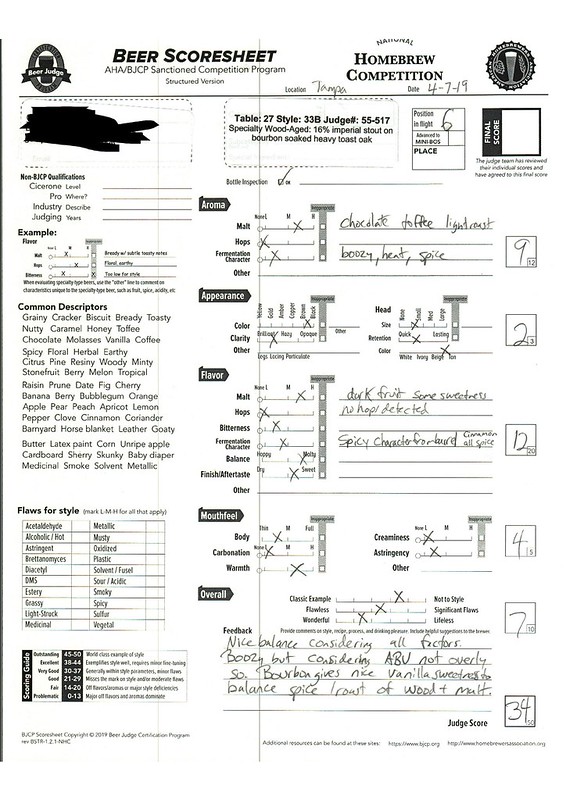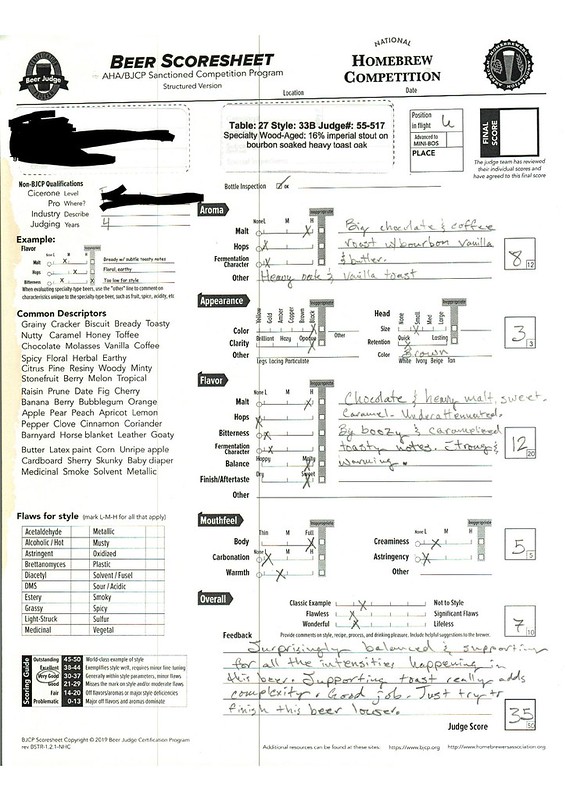anotherbeerplease
Well-Known Member
Awesome thread! Congrats on the successful beer!!

Congrats on your success! 16% is nothing to scoff at, and the best part is that beers like this age wonderfully.
Sorry to dig this up but any chance OP took another shot at this mega beer?
Haven't done another RIS, but managed a 16.6% barleywine late last year. It attenuated better than the RIS, finishing up at 1.023. It's a tad sweet from not using enough bittering hops though.
I'd like to do another big beer this year, but will probably wait until fall.



Sure thing. A good place to start is here:@ten80 and @Comfort_Zone
Based on what you've read in this thread, have either of you approached big beers any differently? Both of you have hit numbers closer to what I was initially aiming for. Would you mind outlining your processes and yeast used? Mind sharing OG and FG numbers?
Much appreciated.
Yeah, I struggled a lot the first couple times I tried for high abv. I've found that sucrose just doesn't ferment the same. I was using it because it's cheaper than dextrose, but dextrose definitely works better.@Comfort_Zone
Thanks! My process was similar to yours, but I'm apparently throwing too much sugar at it at one time. I'm using sucrose and mixing it with water to a planned volume, usually two pounds for a quart of total volume. I'm using the volume measurements in an attempt to better keep track of OG. Looks like I should scale back the additions to have better control over residual sweetness when the yeast quits.
Enter your email address to join: